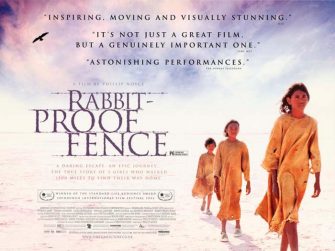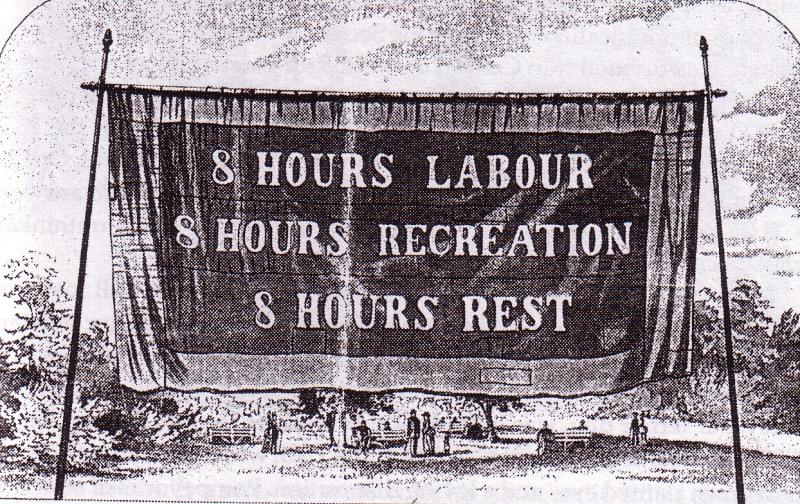 A powerful true story of hope and survival. At a time when it was Australian government policy to train aboriginal children as domestic workers and integrate them into white society, young Molly Craig leads her little sister and cousin in a daring escape from their internment camp.
A powerful true story of hope and survival. At a time when it was Australian government policy to train aboriginal children as domestic workers and integrate them into white society, young Molly Craig leads her little sister and cousin in a daring escape from their internment camp.
Molly and the girls — part of what would become known as Australia’s “Stolen Generations” — must then elude the authorities on a dangerous 1,500 mile adventure along the rabbit-proof fence that bisects the continent and will lead them home.
This film can be used to introduce the history of the forced removal of Native-American children from their homes in the United States. The DVD also features a documentary on the making of the film, as well as commentary on the social and historical context.
Stream online at Kanopy with library membership.
Trailer
Teaching Ideas
Bill Bigelow wrote these teaching ideas when he shared Rabbit-Proof Fence with his high school students. The writing activity in suggestion #1 is described in “Promoting Social Imagination Through Interior Monologues” by Bill Bigelow and Linda Christensen.
- Interior Monologue: Pick one of the following writing choices or come up with one of your own:
-
- Write a letter to Chief Protector, Mr. A. O. Neville, explaining your reaction to his views on and treatment of the children he had authority over — from the point of view of either Molly’s mother, another mother trying to make contact with her child, or you.
- Imagine years later, Molly meets with Neville and has a chance to respond to Neville’s justifications for taking the children. Write a dialogue between the two. Do this as a dialogue (two voice) poem, if you like.
- Imagine you are Molly at age 30 and the mother of two children. Tell your children what you learned (life truths and skills) from your experiences in 1931.
- Write an interior monologue from the point of view of Molly, Daisy, or Gracie when they arrive at Moor River Native Settlement.
- Write an interior monologue from the point of view of the grandmother, hitting herself with a stone when Molly, Daisy, and Gracie are kidnapped.
- Essay question: How are the experiences depicted in Rabbit-Proof Fence similar to and/or different from the experiences of other Indigenous people in the United States and Canada?











Twitter
Google plus
LinkedIn